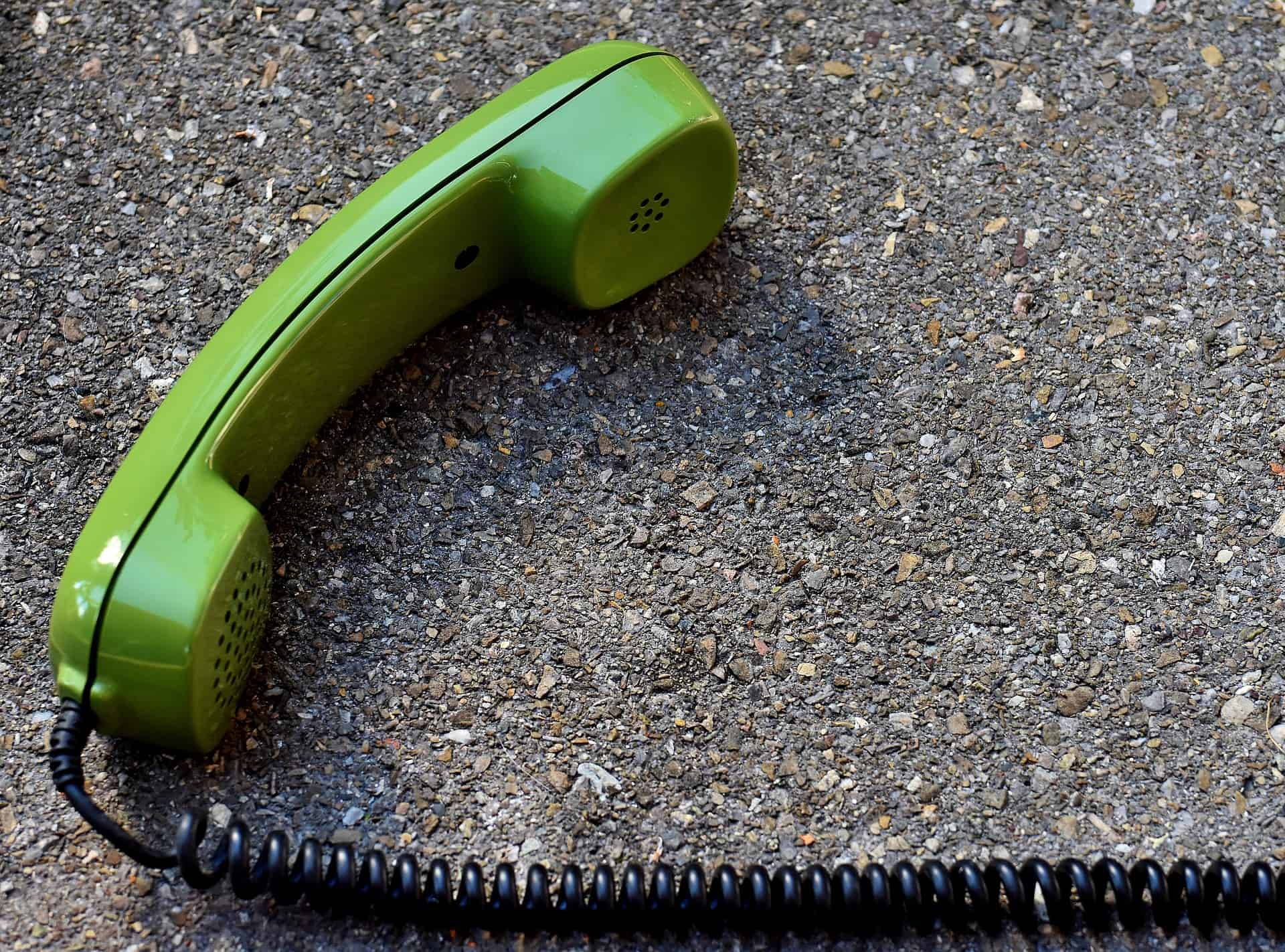This month we’re looking at how a “human” approach to telemarking will always win out over “robotic” techniques; i.e. sticking to a script with no room for deviation or natural responses.
It may sound a bit OTT to say “humans v robots” but it’s true that telemarketers who just stick to a rigid script do come across as a bit robotic, especially when they’re on their 100th reading of the same old tired lines. Except for legalities and formalities, it’s much easier for both receiver and caller if the dialogue is fresh each time and “off the cuff”; that is, the caller approaches each call with a personalised and unique take.
This type of call leads to a higher uptake and better-qualified leads than those where the receiver may agree to a follow up more out of desperation to get the caller off the phone than a genuine desire to work with the business (or they may just hang up instead!)
So, how do you break away from the script? It can be easier said than done, especially if you’ve always had a script to read from, but it definitely can be done!
Firstly, think about your opening and closing lines. Do you sound too formal, or too hasty? A lot of telemarketing scripts are designed to cut to the chase to get as many calls made as possible, but this isn’t a good way to put people at ease. Lines such as “Good morning, I would like to speak to the marketing manager”, are never going to work as well as, “Hello, my name is John and I’m calling to speak with your marketing manager please”. The slightly more informal approach coupled with a “please” and follow up “thank you” is always going to be taken as politer.
If the person who answers gives an instant rebuttal, don’t question their authority. Lines like, “I understand you aren’t interested but are you the one who makes decisions about sales and marketing” are just going to put the hackles up on any receiver, so opt for a friendlier approach, such as, “no problem, but please could you put me through to the decision maker” may ease the way a little. Of course, it won’t work if they ARE the decision maker, but if nothing else it may make them laugh and break the ice that way.
If you get through to the contact information gathering stage, then try to ask the questions you need, but keep them short and friendly, and get the essentials such as email, name and ideally direct line first. Try to get the receiver’s name if you haven’t already, as you can use this in follow up emails.
Questions such as “how many employees the company have?” should come last, as by then the receiver may be impatient to get you off the phone and hang up.
Finally, your closing line matters as much as your opening one – don’t just end a call with “Bye” or similar, it sounds curt and doesn’t leave a good impression. Salutations such as “have a good day” or “thanks for your time” are much better and should be used even if the recipient has been less than helpful.
We’ve spoken before about how Good Manners Make Sales and Learning the Art of Small Talk; these are also applicable here as it is important to use good manners throughout even if the person you’re speaking with doesn’t abide by the same ethos. Small talk skills will also help you if you do end up speaking with someone who is open for a conversation, as this keeps things moving without appearing too formal or rushed.







